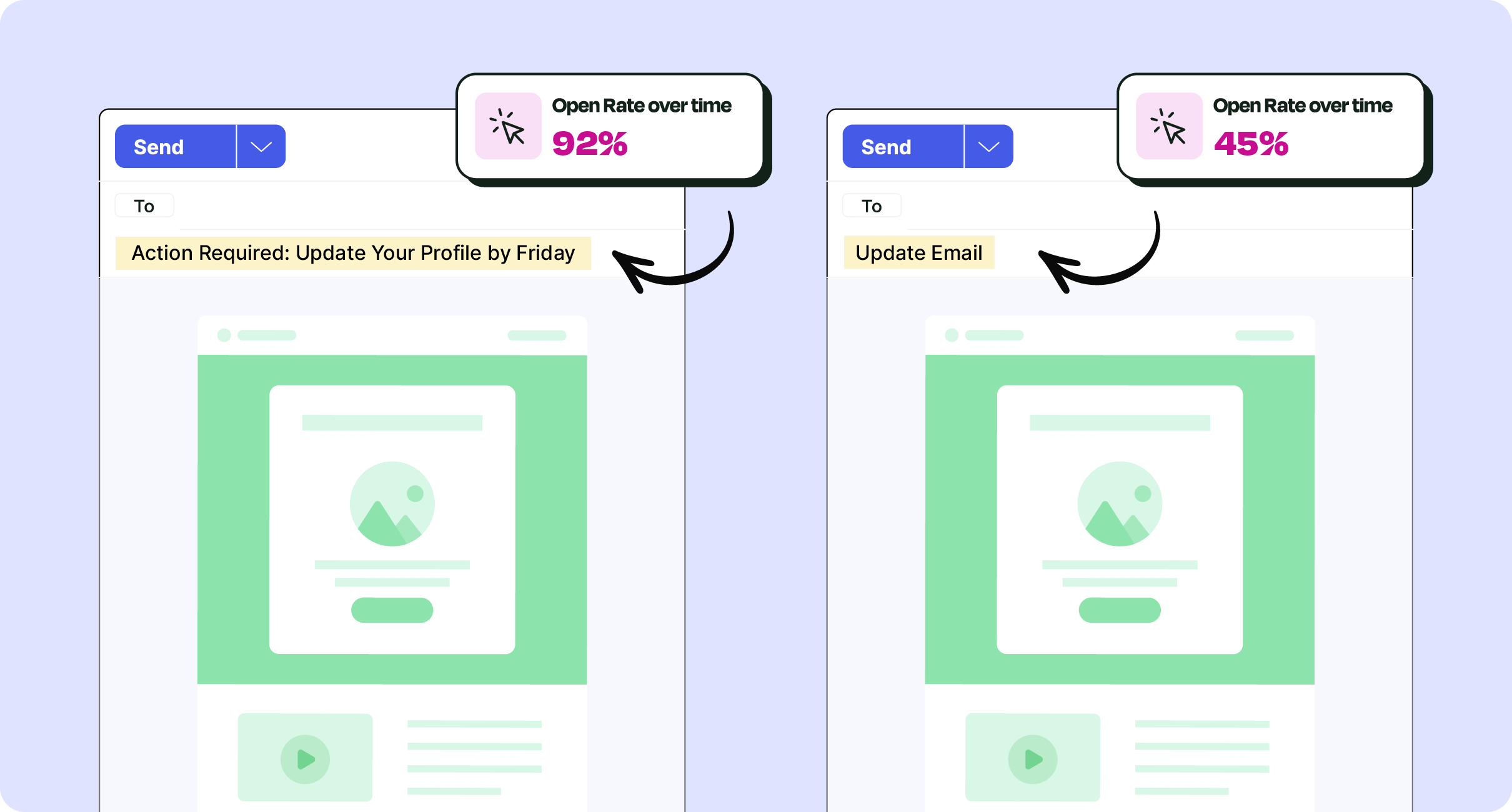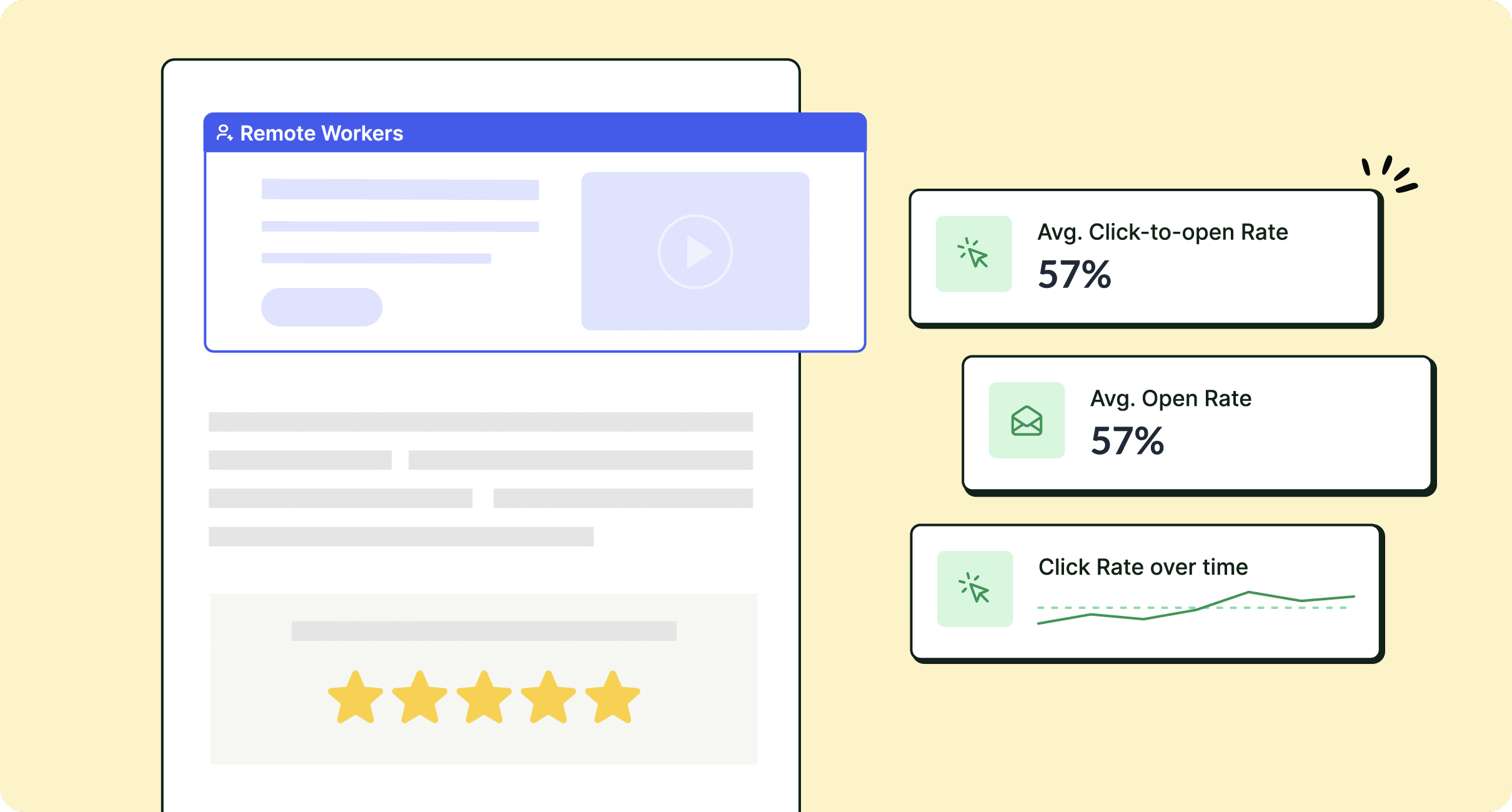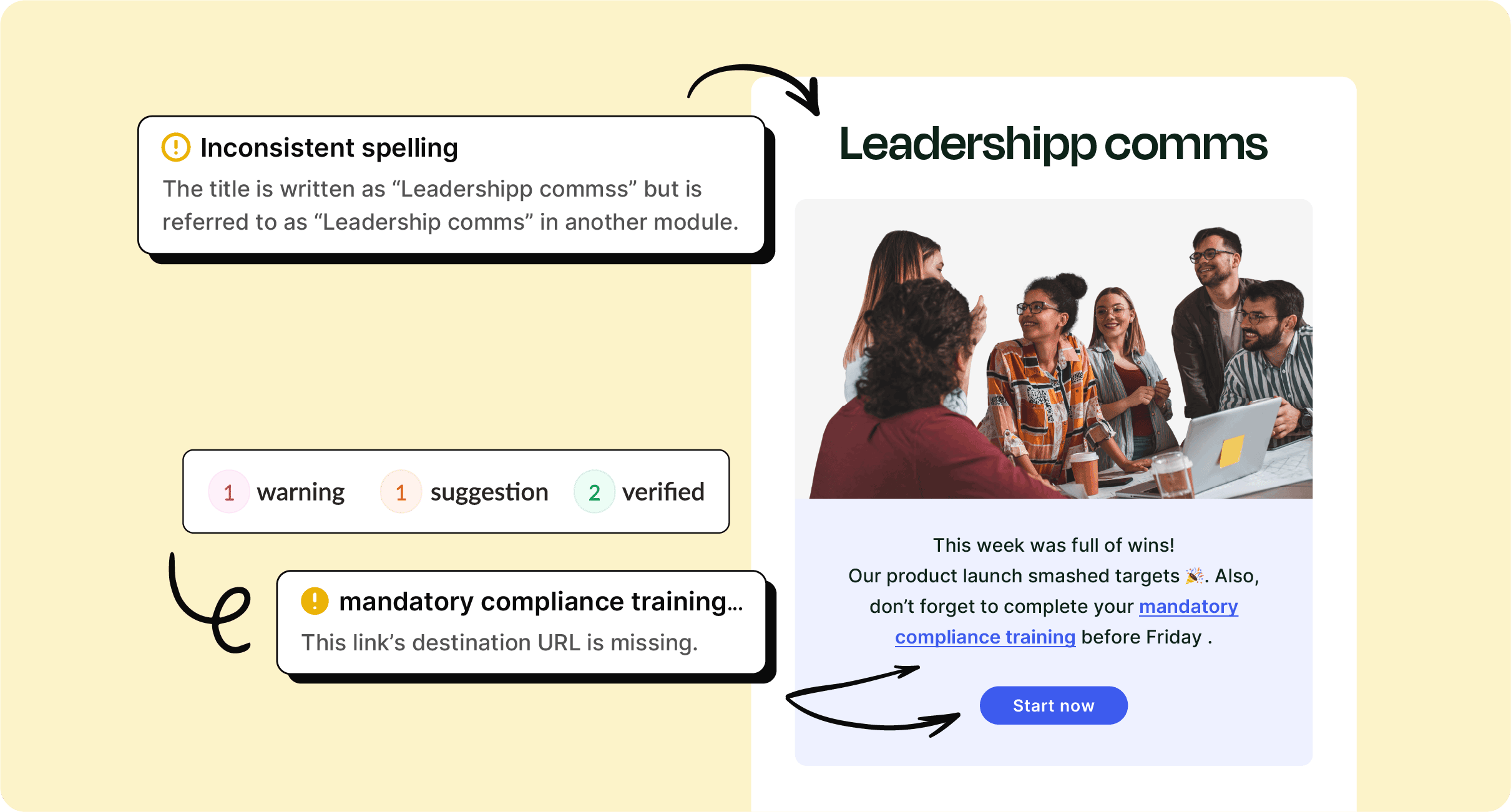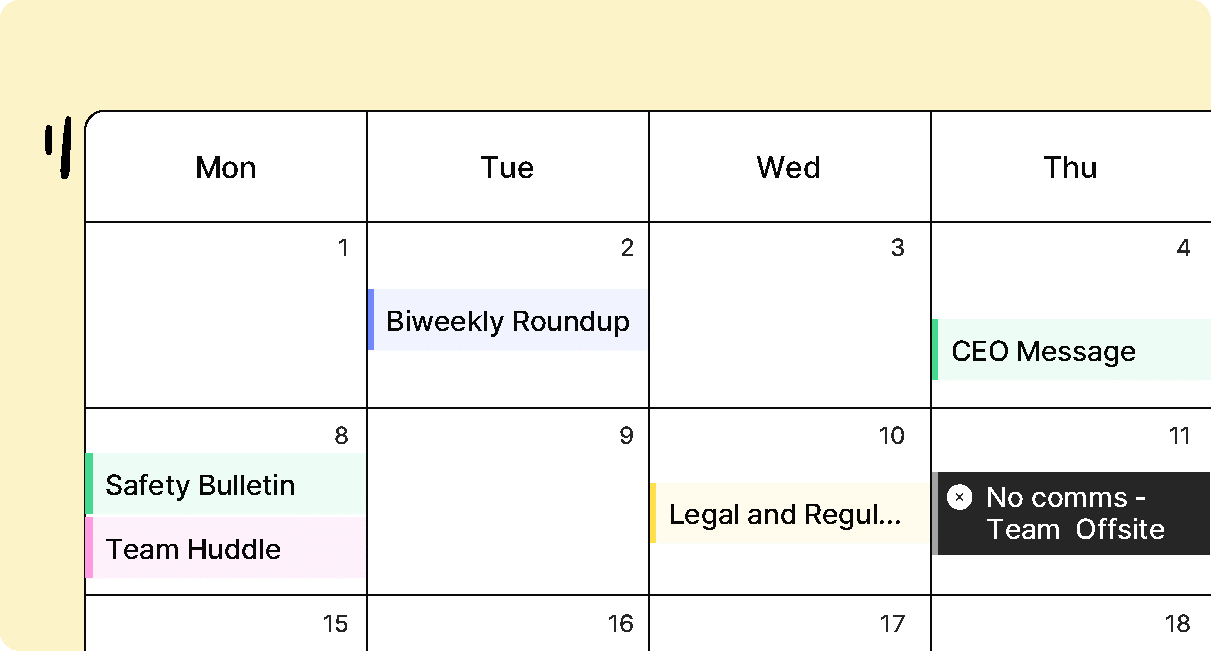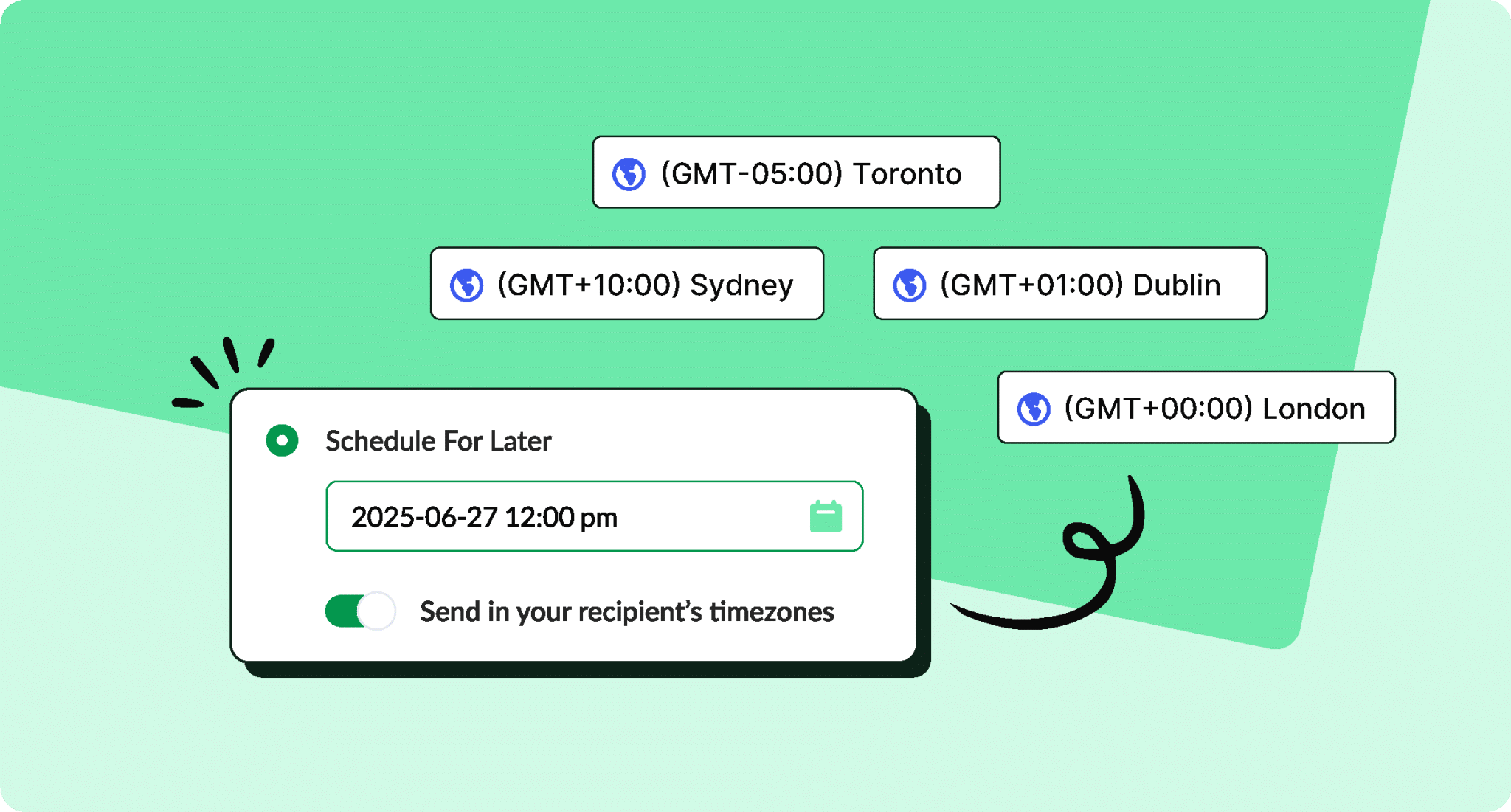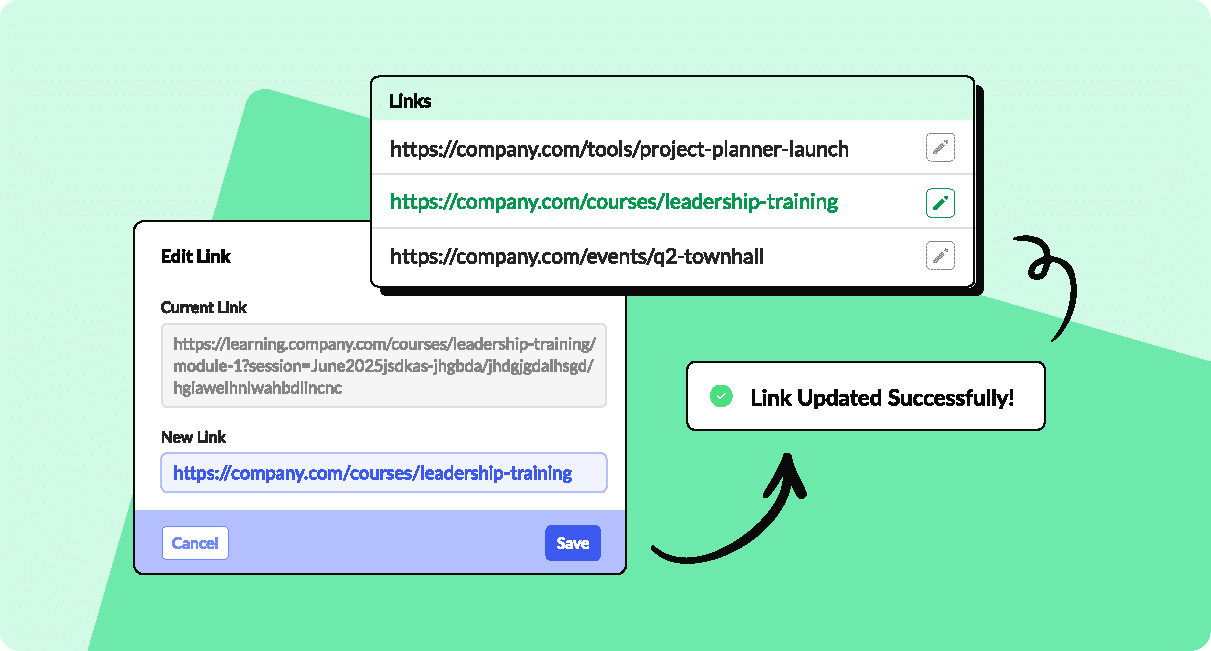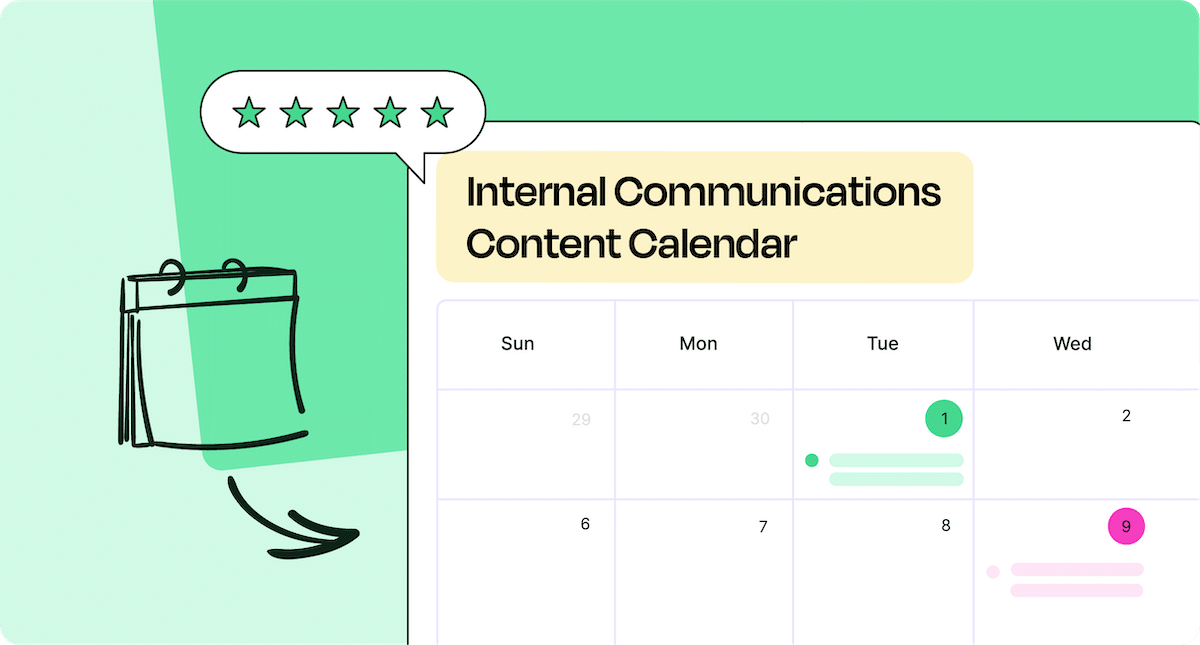The ContactMonkey blog
Your go-to resource for mastering impactful email newsletters and employee engagement
Most recent articles

Internal Communications • Internal Communications Software and Tools
15 Types Of Internal Communication Tools To Use In 2025
Jul 30, 2025

Employee Engagement • Internal Communications
Top 7 Employee Engagement Metrics To Track and Improve
May 29, 2025

Employee Engagement • Internal Communications
10 Employee Engagement KPIs to Know, Measure, and Optimize
May 28, 2025

Employee Engagement • Internal Communications
15 Employee Engagement Trends Redefining Workplaces in 2025
May 22, 2025

Employee Engagement • Internal Communications
15 Benefits Of Employee Engagement For Employers And Staff
May 21, 2025

Employee Engagement • Internal Communications
Employee Engagement In 2025: Strategies, Trends, and Examples
May 20, 2025

Employee Engagement • Internal Communications
15 Effective Employee Engagement Strategies With Examples
May 16, 2025

Employee Engagement • Internal Communications
15 Key Drivers of Employee Engagement To Know And Master
May 15, 2025
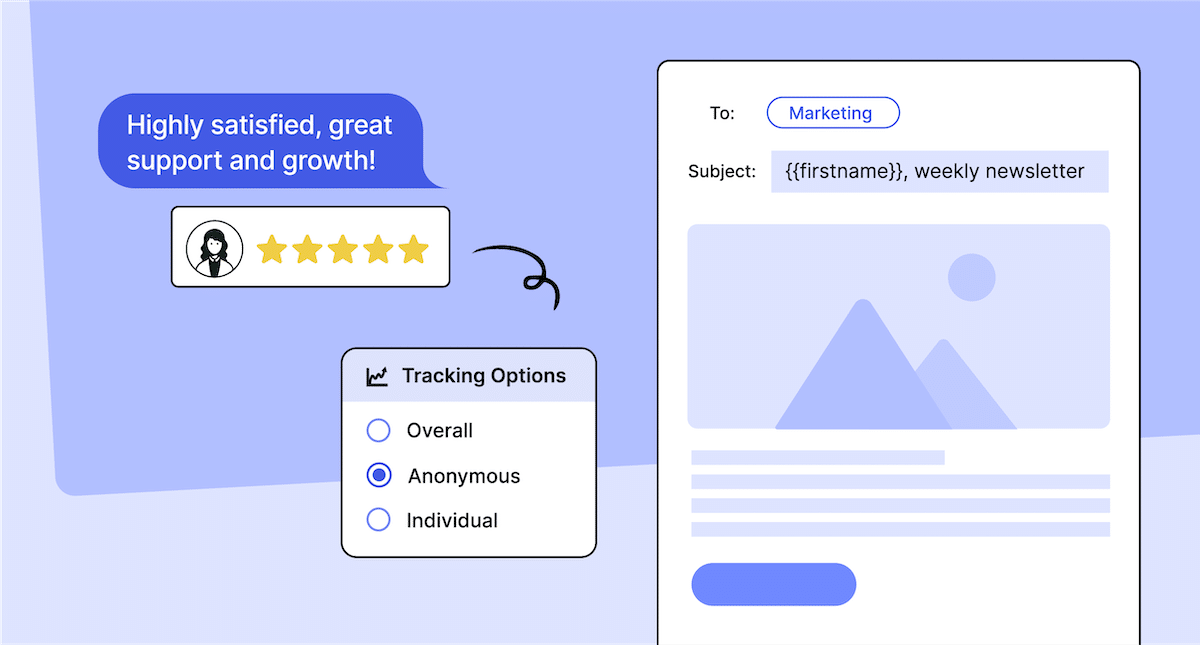
Employee Engagement • Internal Communications
Importance Of Employee Engagement In 2025: Top 10 Benefits
May 13, 2025
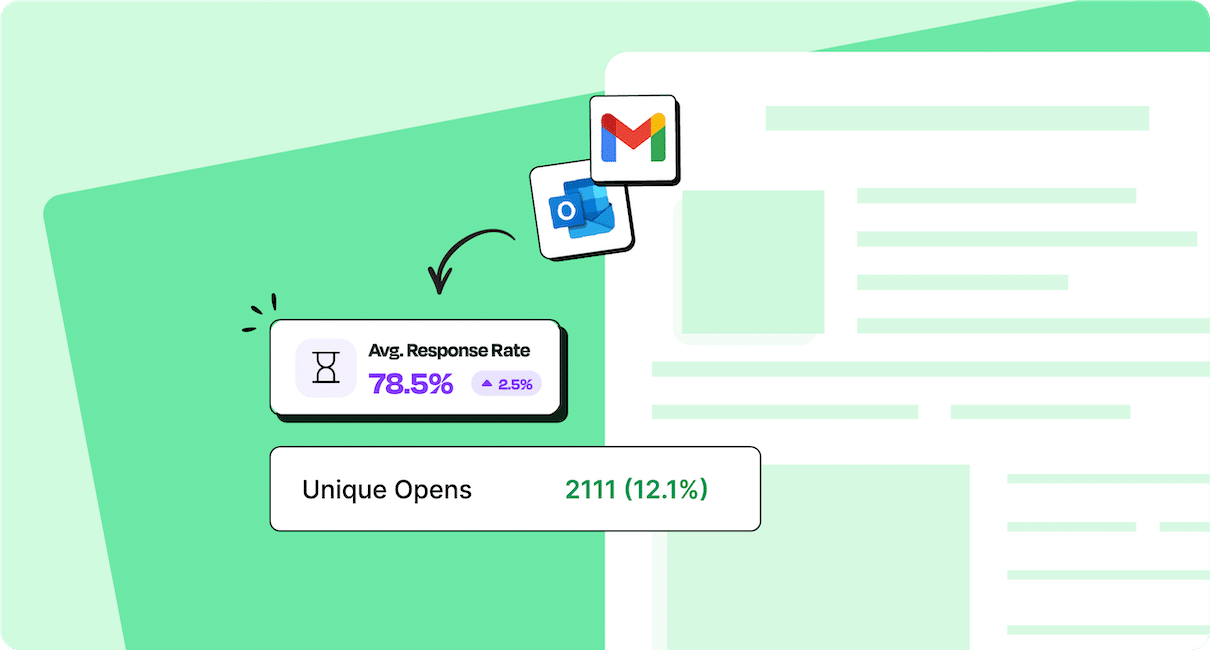
Employee Engagement • Internal Communications
15 Employee Engagement Best Practices to Master in 2025
May 12, 2025

Employee Engagement • Email Analytics • Internal Communications
Employee Engagement Analytics: How-To Guide For 2025
May 9, 2025
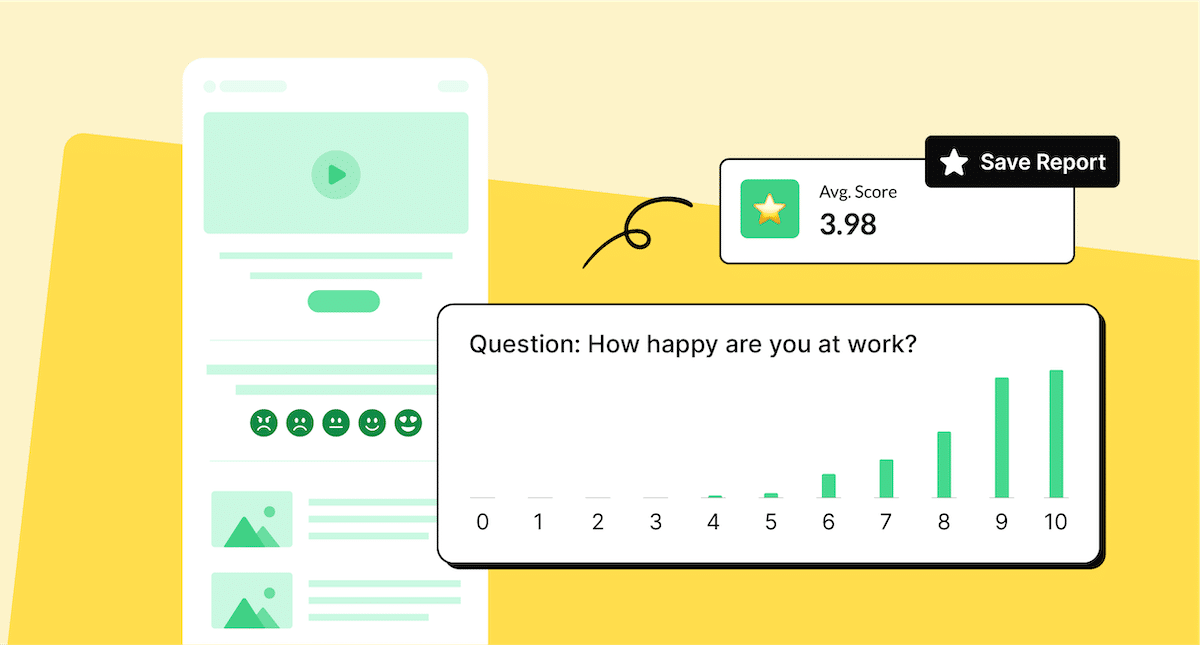
Employee Surveys • Employee Engagement
Employee Engagement Surveys: How-To Guide For 2025
May 8, 2025

Employee Engagement • Remote & Hybrid Engagement
How To Engage Remote Employees: 10 Most Effective Strategies
May 8, 2025

Internal Communications Software and Tools • Internal Communications
Staffbase Alternatives: Why You Should Choose ContactMonkey
May 7, 2025

Employee Engagement • How-To Tutorials
How To Create A Successful Employee Engagement Action Plan: 10 Steps
May 6, 2025
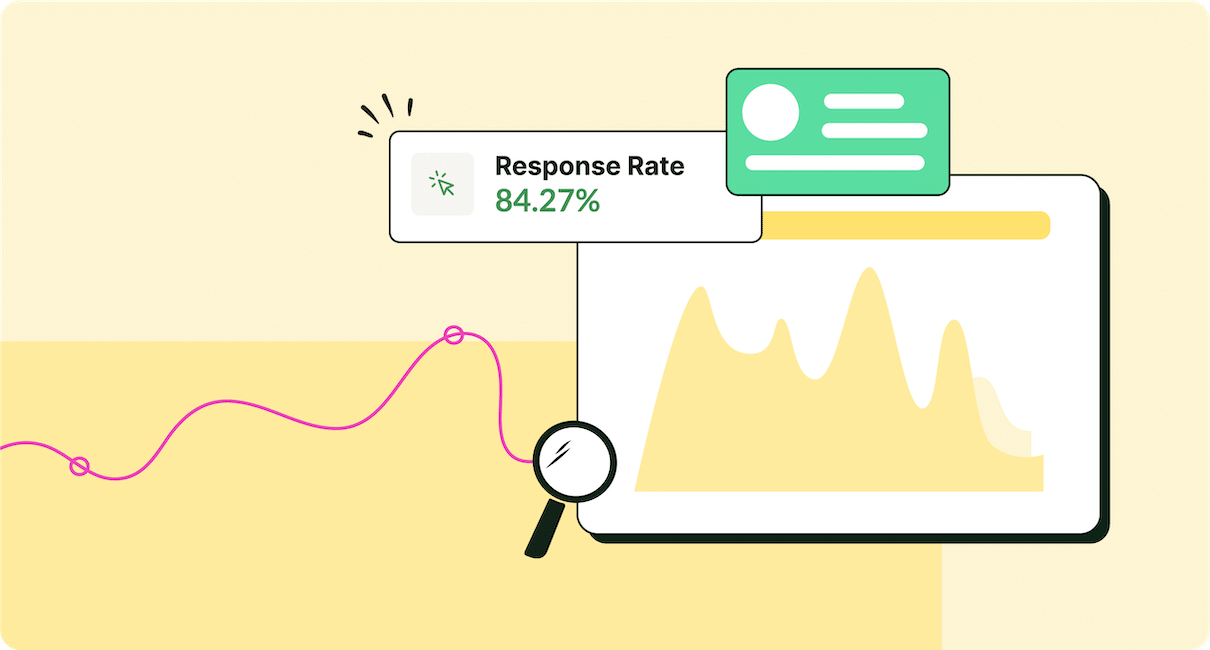
Employee Engagement • How-To Tutorials
How to Measure Employee Engagement: 10 Key Strategies
May 5, 2025
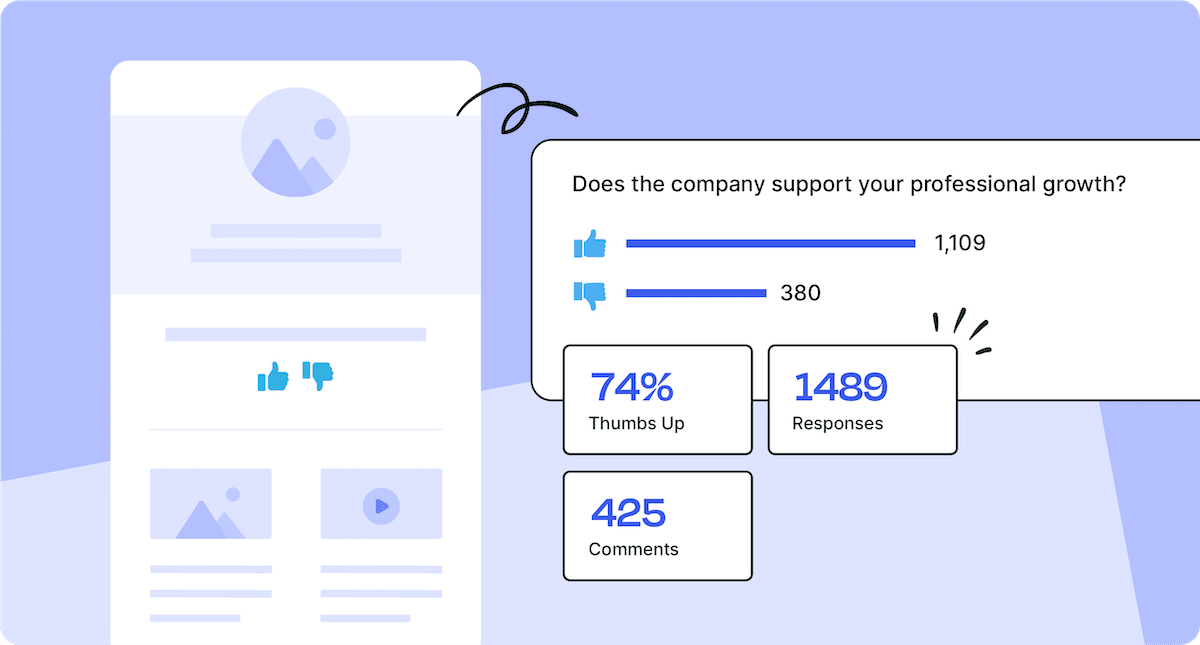
Employee Engagement • How-To Tutorials • Internal Communications
10 Best Ways To Improve Employee Engagement In The Workplace
Apr 25, 2025

Internal Communications • Internal Email
10 Steps To Designing Engaging Internal Emails and Templates
Apr 24, 2025

Internal Communications Software and Tools • Remote & Hybrid Engagement
Best Communication Tools For Remote Teams in 2025
Apr 23, 2025

Internal Email Templates • Internal Communications • Internal Email
10 Most Popular Employee Email Templates
Apr 16, 2025

Employee Engagement • Internal Communications
How to Use Internal Audiences to Manage and Engage Employees
Mar 31, 2025
Be a ContactMonkey insider
News, events, and best practices in internal communications.





